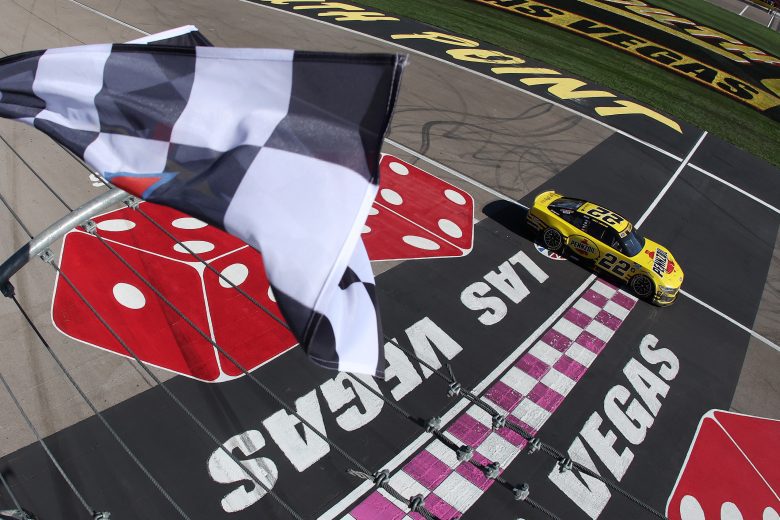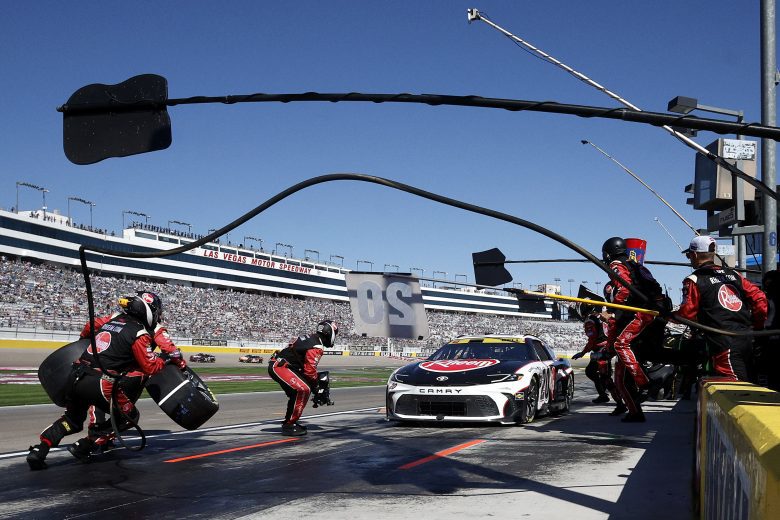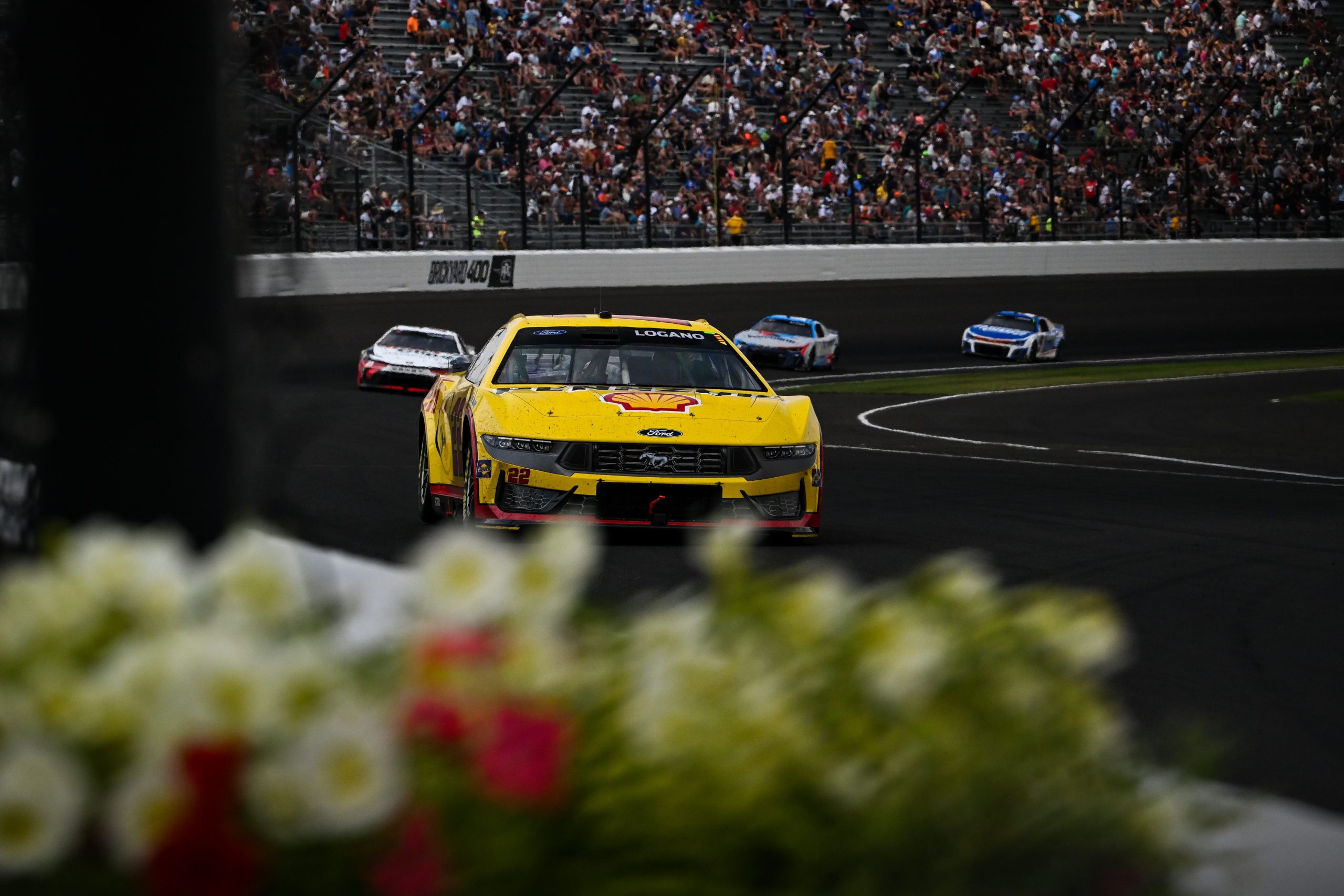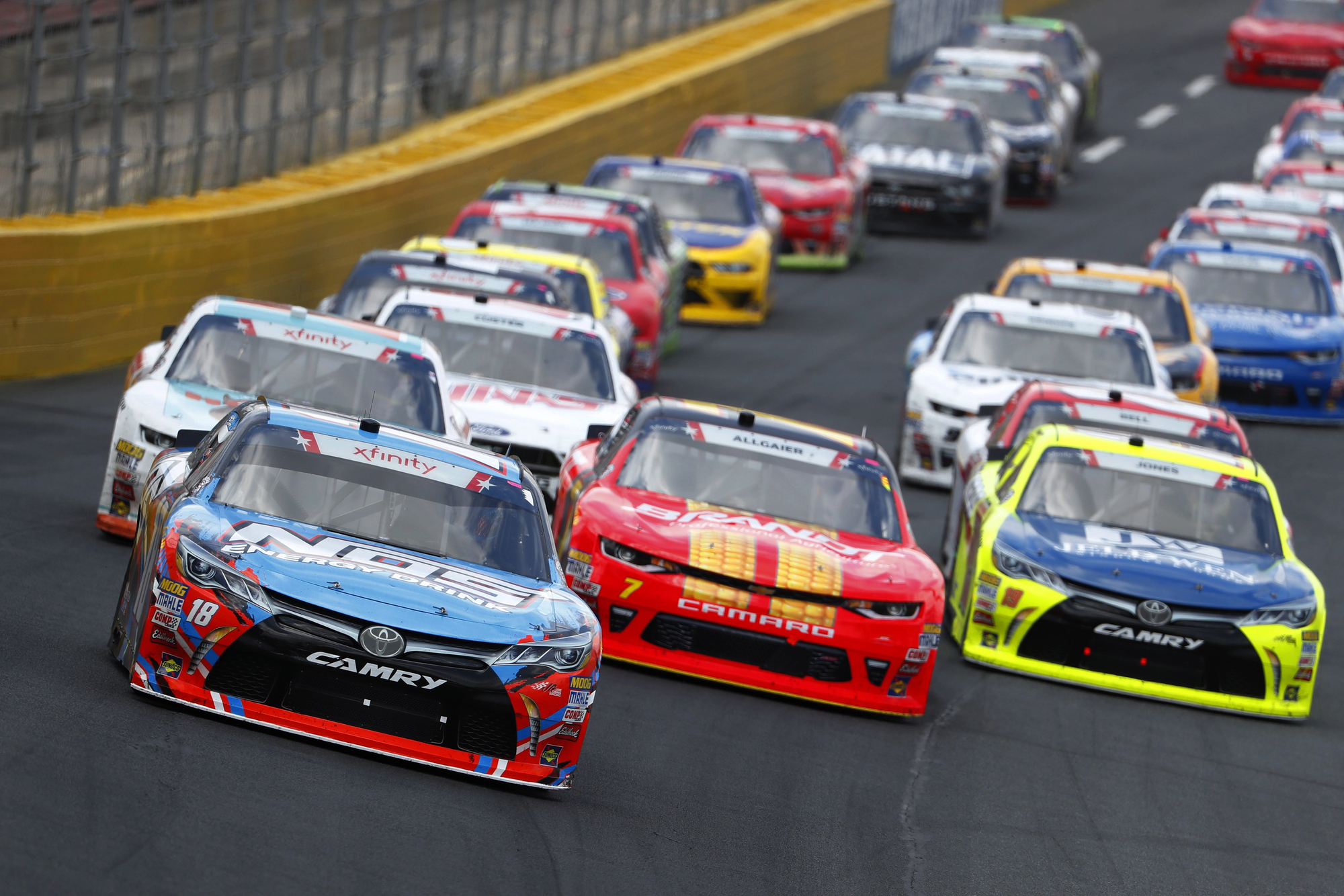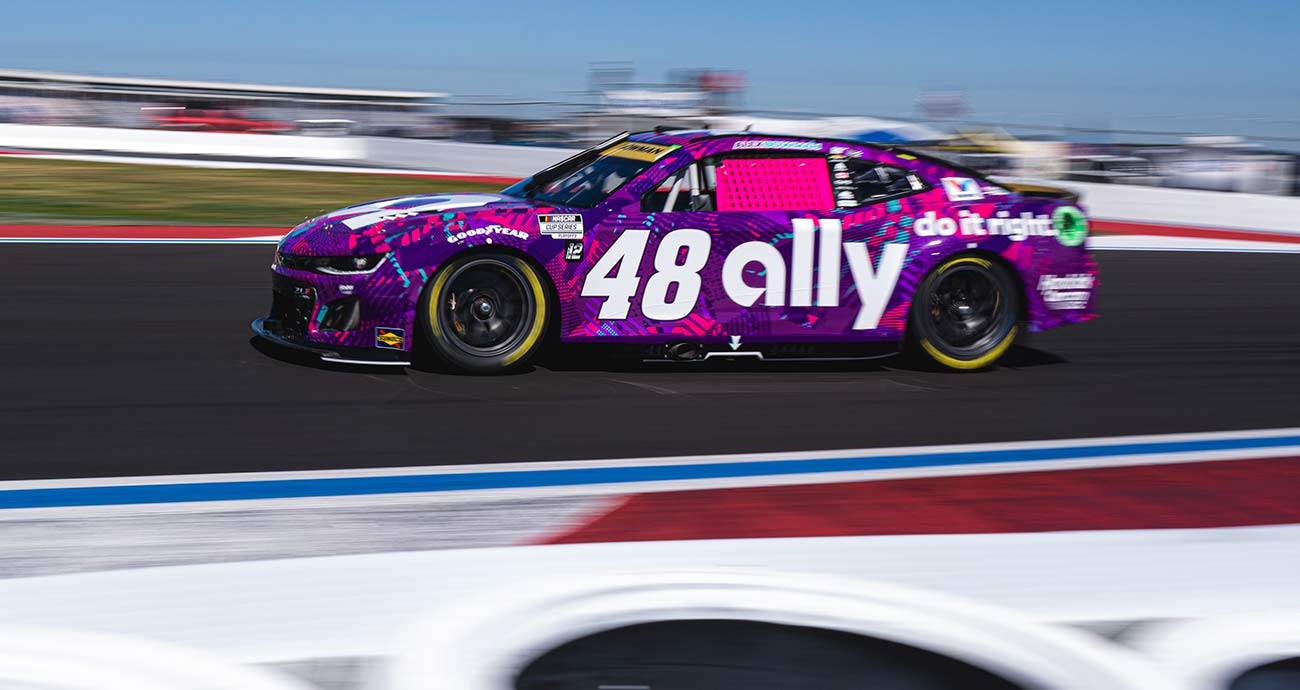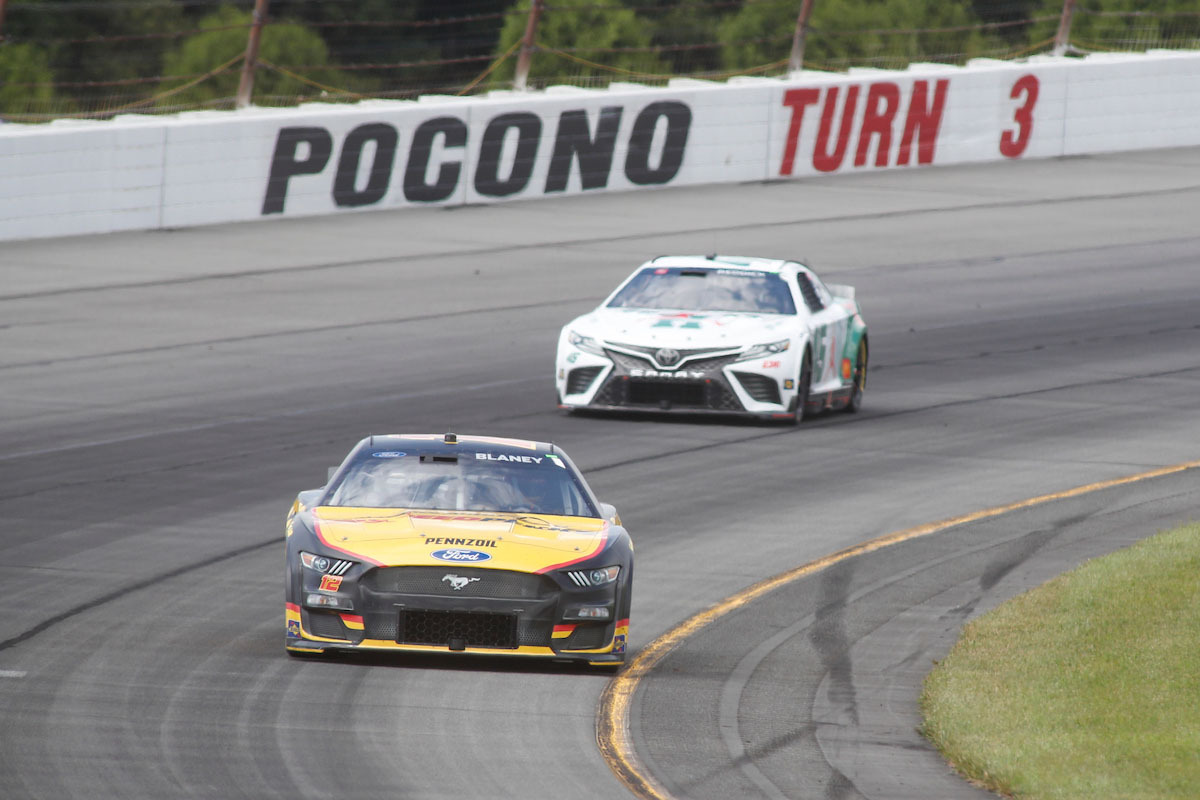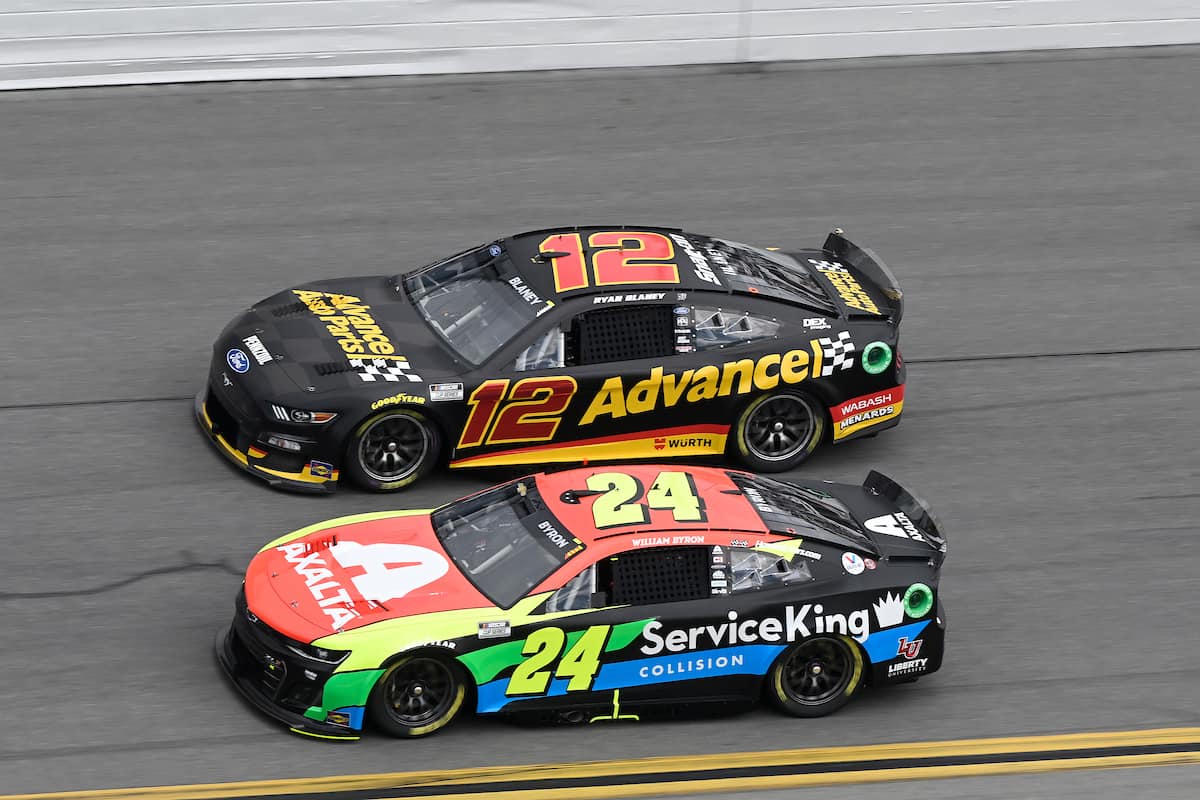Are There Only American Cars In NASCAR?
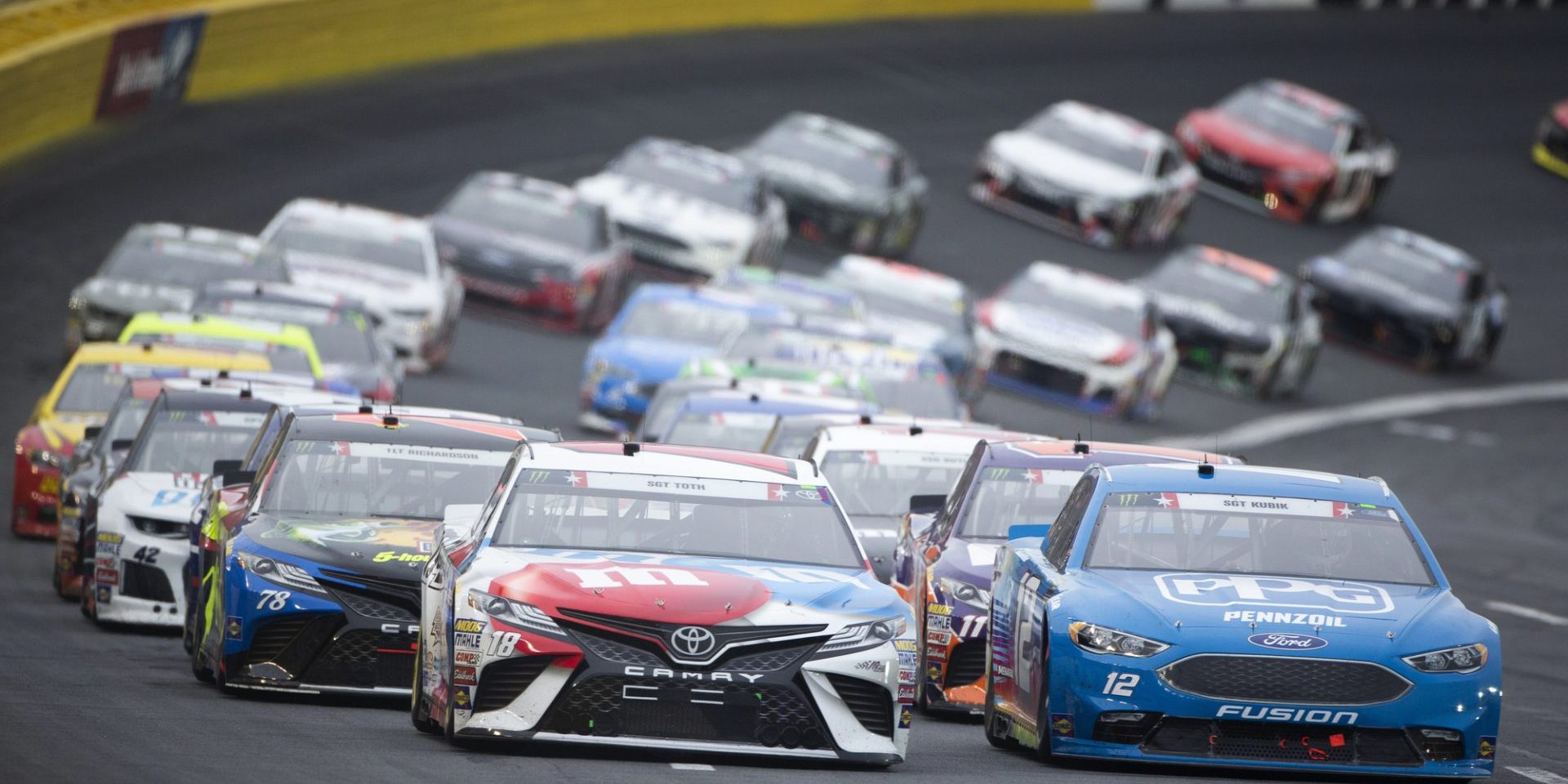
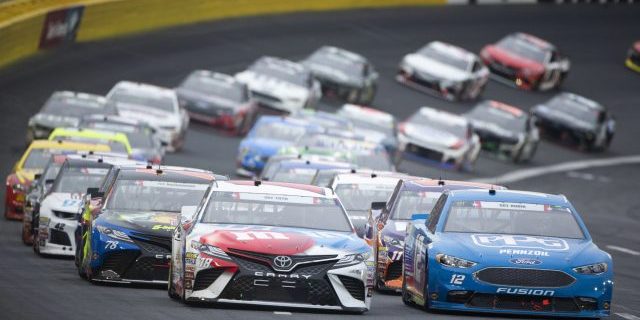
NASCAR, America’s premier stock car racing series, features a mix of domestic and international car brands. While traditionally associated with American manufacturers, the sport has evolved to include global automakers. Currently, three car manufacturers compete in NASCAR: Chevrolet, Ford, and Toyota.
Toyota’s presence in NASCAR demonstrates the sport’s international appeal. As a Japanese automaker, Toyota broke into the predominantly American racing scene, bringing diversity to the competition. This inclusion reflects NASCAR’s growth and willingness to embrace global brands.
The limited number of manufacturers in NASCAR stems from the high costs and technical requirements involved in fielding competitive teams. Despite this, rumors of other brands potentially joining the series occasionally circulate, keeping fans excited about possible future expansions in NASCAR’s automotive lineup.
Table of Contents
The Nature of NASCAR Vehicles
NASCAR vehicles have evolved significantly since the sport’s inception. These specialized machines blend cutting-edge technology with strict regulations to create high-performance racing cars.
Stock Car Evolution and Regulations
NASCAR’s early days featured modified production cars. The “Strictly Stock” era of the late 1940s and early 1950s saw racers competing in vehicles similar to those sold in dealerships. As the sport grew, cars became more specialized.
The introduction of the Generation 4 cars in the 1990s marked a clear shift towards purpose-built race cars. These vehicles retained only a superficial resemblance to their street counterparts. The Car of Tomorrow, introduced in 2007, further standardized the chassis and body design.
Today’s Next Gen cars, launched in 2022, represent the latest evolution. They feature a spec chassis, 18-inch wheels, and enhanced safety features. NASCAR strictly regulates these vehicles to maintain competitive balance and safety standards.
Diversity of Car Manufacturers
While NASCAR has deep American roots, it’s not limited to U.S. manufacturers. Currently, three major automakers compete in the NASCAR Cup Series: Chevrolet, Ford, and Toyota.
Chevrolet and Ford have been long-standing participants in NASCAR. They represent traditional American automotive prowess on the track. Toyota joined the Cup Series in 2007, bringing international flavor to the sport.
Each manufacturer develops its own body style and engine within NASCAR’s guidelines. The V8 engine remains a staple of NASCAR vehicles, producing over 550 horsepower. Despite the standardized chassis, teams and manufacturers work tirelessly to find performance advantages within the rules.
Historical Perspectives in NASCAR
NASCAR’s evolution reflects the changing landscape of American automotive culture and racing technology. The sport’s history is marked by influential drivers, iconic car models, and significant technological shifts.
Early Days and Manufacturer Involvement
NASCAR began in 1948 with strictly stock cars. Brands like Ford, Chevrolet, and Chrysler dominated the early years. Drivers raced vehicles nearly identical to those sold in showrooms, with minimal modifications for safety. This era saw the rise of legends like Richard Petty, who became synonymous with NASCAR’s growth.
The 1960s brought increased manufacturer involvement. Car makers developed specialized racing engines and aerodynamic body designs. This period marked the transition from Generation 1 to Generation 2 cars, featuring more race-specific modifications.
Iconic Models and Transformative Changes
The 1970s introduced some of NASCAR’s most memorable cars. The 1973 Dodge Charger, with its sleek design, became an instant classic. This decade also saw the shift to Generation 3 cars, which maintained a strong resemblance to street models while incorporating more safety features.
Generation 4 cars arrived in the 1980s, bringing further aerodynamic advancements. Dale Earnhardt’s black No. 3 Chevrolet became an enduring symbol of this era. The 2000s ushered in Generation 5, known as the “Car of Tomorrow,” prioritizing safety and reducing costs.
Jimmie Johnson’s dominance in the 2000s and early 2010s coincided with the transition to Generation 6 cars. These vehicles aimed to restore brand identity while maintaining high safety standards.
Contemporary NASCAR Series and Categories
NASCAR features multiple racing series with distinct vehicle types and manufacturer involvement. The sport showcases American and foreign automakers competing across various levels of competition.
Distinct Series and Vehicle Types
The NASCAR Cup Series stands as the premier division, featuring purpose-built race cars that resemble street models. These vehicles incorporate advanced safety features and aerodynamic designs to maximize performance on oval tracks.
The Xfinity Series serves as a stepping stone to the Cup level, using cars similar to their top-tier counterparts but with less horsepower. This series often highlights up-and-coming drivers and provides exciting racing action.
NASCAR’s Truck Series utilizes modified pickup trucks, offering a unique racing experience. The vehicles maintain a truck-like appearance while incorporating race-specific components for enhanced speed and handling.
Manufacturer Competition and Support
Chevrolet, Ford, and Toyota actively participate in NASCAR’s top series, providing factory support to teams. These manufacturers develop race-specific engines and body designs within NASCAR’s rules to gain competitive advantages.
Each automaker fields multiple teams, fostering intense rivalries on the track. The Cup Series showcases the Chevrolet Camaro ZL1, Ford Mustang, and Toyota Camry as their respective entries.
Manufacturer involvement extends beyond the Cup Series, with similar participation in the Xfinity and Truck Series. This commitment across different levels helps strengthen brand loyalty among fans and supports driver development programs.
Safety and Technological Advancements
NASCAR has made significant strides in protecting drivers and improving vehicle performance. These changes have transformed the sport, making it safer while enhancing competition.
Prioritizing Racer Safety
Dale Earnhardt’s fatal crash in 2001 sparked a safety revolution in NASCAR. The organization mandated head-and-neck restraints for all drivers. These devices reduce the risk of basilar skull fractures during high-speed impacts.
NASCAR also introduced the SAFER (Steel and Foam Energy Reduction) barrier. This technology absorbs crash energy, lessening the force transferred to drivers. Tracks across the country installed these barriers to create safer racing environments.
Car designs evolved to incorporate crumple zones and energy-absorbing materials. These modifications help dissipate impact forces away from the driver’s compartment. NASCAR also improved seat designs and restraint systems to better protect racers during collisions.
Modern Engineering Contributions
Technological advancements have reshaped NASCAR vehicles. Computer modeling and wind tunnel testing allow teams to fine-tune aerodynamics for improved handling and stability.
Restrictor-plate racing emerged as a safety measure on superspeedways. By limiting engine power, these plates reduce speeds and the likelihood of cars becoming airborne during crashes.
Independent rear suspension, introduced in the Next Gen car, enhances cornering ability and overall performance. This feature represents a significant departure from the traditional solid rear axle design.
Manufacturer support has driven innovation in NASCAR. Companies like Ford, Chevrolet, and Toyota contribute engineering expertise to develop safer, more competitive race cars. Their involvement helps bridge the gap between street cars and their racing counterparts.

